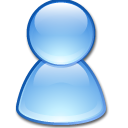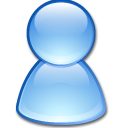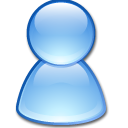Book,
Structure and interpretation of computer programs
MIT Press ; McGraw-Hill, second edition, (Jul 25, 1996)
Abstract
Abelson and Sussman's classic <I>Structure and Interpretation of Computer Programs</I> teaches readers how to program by employing the tools of abstraction and modularity. The authors' central philosophy is that programming is the task of breaking large problems into small ones. The book spends a great deal of time considering both this decomposition and the process of knitting the smaller pieces back together.<P> The authors employ this philosophy in their writing technique. The text asks the broad question "What is programming?" Having come to the conclusion that programming consists of procedures and data, the authors set off to explore the related questions of "What is data?" and "What is a procedure?"<P> The authors build up the simple notion of a procedure to dizzying complexity. The discussion culminates in the description of the code behind the programming language Scheme. The authors finish with examples of how to implement some of the book's concepts on a register machine. Through this journey, the reader not only learns how to program, but also how to think about programming. <i>Structure and Interpretation of Computer Programs</i> has had a dramatic impact on computer science curricula over the past decade. This long-awaited revision contains changes throughout the text. There are new implementations of most of the major programming systems in the book, including the interpreters and compilers, and the authors have incorporated many small changes that reflect their experience teaching the course at MIT since the first edition was published. A new theme has been introduced that emphasizes the central role played by different approaches to dealing with time in computational models: objects with state, concurrent programming, functional programming and lazy evaluation, and nondeterministic programming. There are new example sections on higher-order procedures in graphics and on applications of stream processing in numerical programming, and many new exercises. In addition, all the programs have been reworked to run in any Scheme implementation that adheres to the IEEE standard. Visit the SICP2 web site!
Tags
- algorithms
- ch2
- computer
- design
- iitm
- ijtme2006
- imported
- interpretation
- kaldesignresearch
- library
- mythesis
- programming
- programs
- software
- streams
- structure
- typetheory




